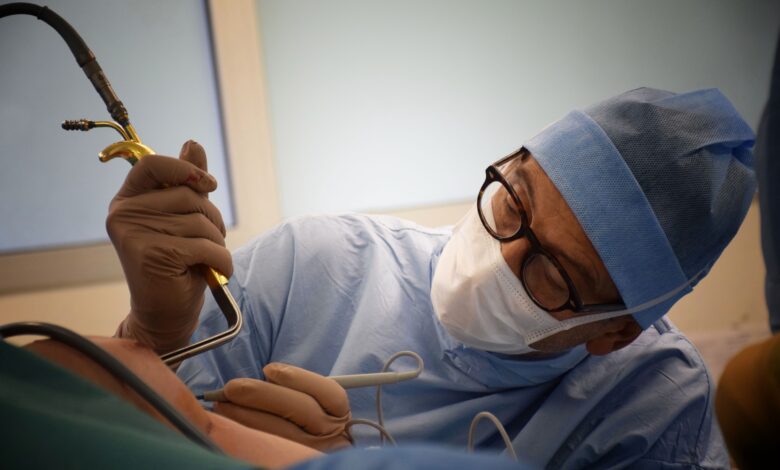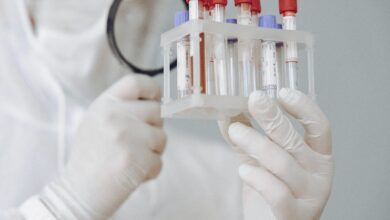
Fortunately a rare complication of breastfeeding, breast abscess can follow an infectious mastitis not or poorly treated. It requires rapid management combining antibiotic treatment and drainage of the abscess.
What is breast abscess?
Breast abscess corresponds to the formation of a purulent collection (an accumulation of pus) in the mammary gland or periglandular tissue. The abscess most often results from infection with Staphylococcus aureus. This infection can follow different complications of breastfeeding:
- most commonly, untreated or poorly treated infectious mastitis (incomplete breast drainage, inappropriate antibiotic or shortened treatment);
- a superinfected crevice, which presents a gateway for pathogenic germs.
Thanks to the good management of mastitis, breast abscess fortunately remains a rare pathology, affecting only 0.1% of breastfeeding mothers.
What are the symptoms of a breast abscess?
Breast abscess is manifested by very specific symptoms:
- the presence in the breast of a hard, well-defined, hot mass;
- severe pulsatile pain, increased on palpation;
- a swollen breast, tense and presenting on the affected area a red coloration, sometimes with a paler central area. Shiny at first, the skin can then peel, or even crack, letting the pus drain;
- fever.
Faced with these symptoms, it is important to consult as soon as possible.
How to diagnose breast abscess?
In addition to the clinical examination, an ultrasound is usually performed to confirm the diagnosis of breast abscess, measure the abscess and specify its location. These elements are important for the choice of treatment.




